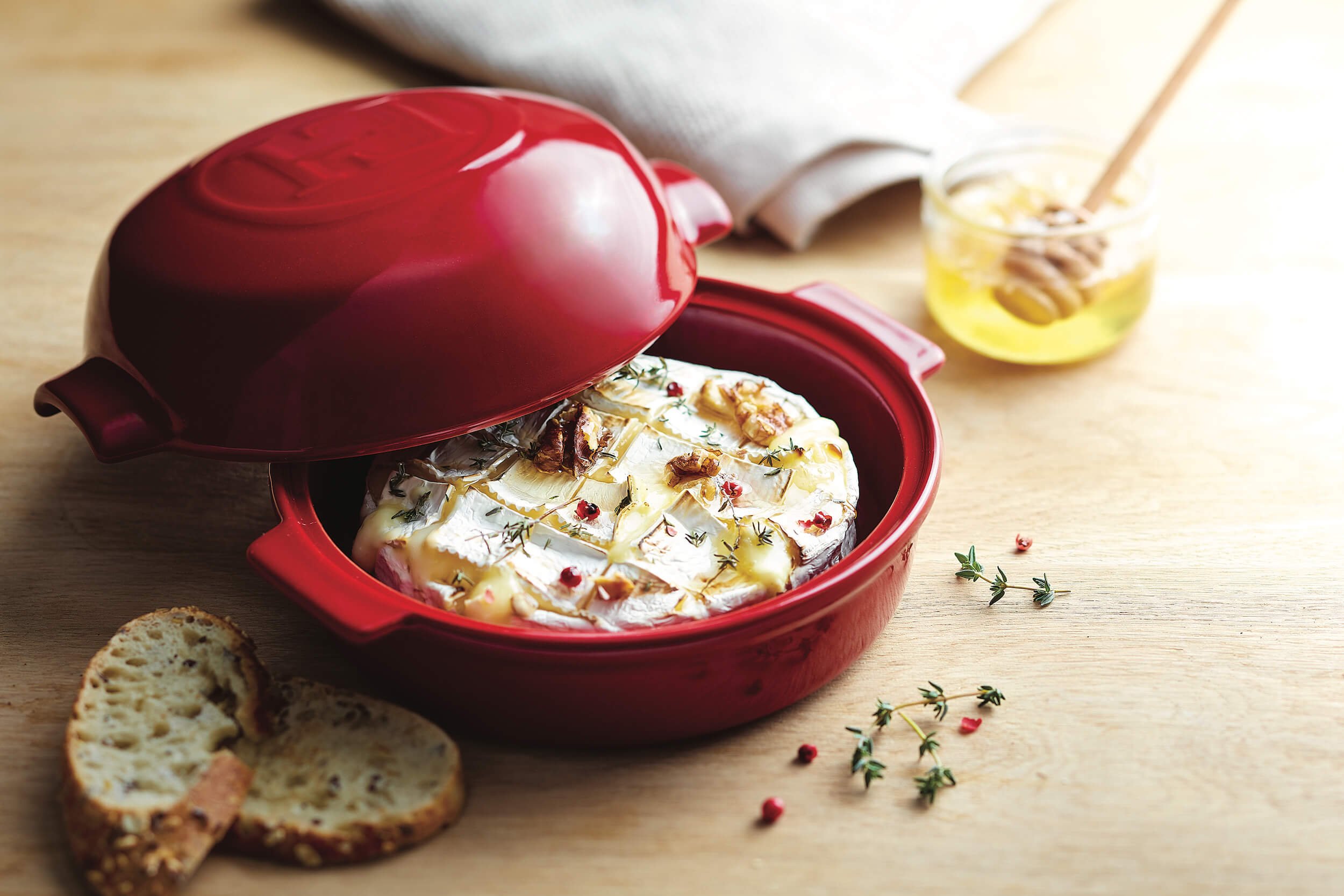A few years ago I wrote a little guide to Portuguese wine. At the time I drank Ruby Port on occasion, but really didn't know anything about Portuguese table wines or Port. As part of my research I tried plenty of Portuguese table wines and found them to be tremendously accessible--inexpensive, distinctive and food friendly. Given the budget of the project I didn't get to try as much Port as I would have liked, but this year I got to try plenty including some at Taylor Fladgate's scenic tasting room, overlooking the Douro.
What is Port?
Port is a delicious treat. It's a fortified wine that can be served with cheese, fruit, nuts, cake or chocolate but frankly, it's wonderful on its own. It's also terrific for cooking and making sauces. Tawny Port, either chilled or at room temperature can be served as an aperitif or as a dessert wine. Because once opened, a bottle of Port keeps longer than a typical bottle of wine, it's a lasting luxury and makes a wonderful gift.
How is Port made?
Port is wine made of a blend of several different grapes, each adds aroma, color, body, flavor or a combination thereof. To be called Port, it must be made in Portugal, though there are "Port style" wines made in Australia and the US. Grapes are grown on the steep hillsides of the Douro region where narrow terraces are planted with vines. The fruit was traditionally crushed by foot, which is gentler and prevented the seeds from being crushed and making the wine too tannic or bitter.
A Short History of Port
Until the 1950’s the wine was transported via flat bottom boats across the Douro river to warehouses called lodges. Now the wine is blended and aged at the winery, but traditionally wine was fermented at the Port lodges in the upper Douro valley and then shipped to the cooler the city of Oporto for aging and blending before being exported. In some ways, Port is as much a British wine as it is Portuguese, the fortified style was intended to make it more stable so it could be easily shipped to England. By the eighteenth century the British established most of the famous Port brands that still exist today. Had it not been for high tariffs on French wine, Port as we know it, might not exist.
The port lexicon can be confusing, but here are the rudimentary basics you need to know plus some of my favorite picks in the Reserve and 10 and 20 year Tawny categories:
Ruby Port is indeed ruby red and the least expensive, fruity style. It is aged 2 to 3 years only.
Reserve Ports are non-vintage but aged up to 5 years in wood. They are young, sweet and fruity but more sophisticated than typical Ruby Ports. Many Port producers have special brand names for their Reserve Ports such as Graham's Six Grapes or Fonseca's Bin 27. Reserve Ports can be a great value, I particularly like the Smith Woodhouse Port Lodge Reserve (about $20), it's rich and smooth, with luscious ripe fruit and a very long finish. In the refrigerator once opened they will last from a couple of weeks up to 4 months.
Tawny Port is easy to identify because of its tawny color. It can be non-vintage, aged, or vintage also known as colheita. For a Port to be colheita it must be from a single year that is considered exceptional. Aged Tawny Port can be 10, 20, 30 or 40 years old. Dow's 10 year (about $30) has lovely toffee and cider notes, it's wonderful chilled. Taylor Fladgate 10 year (about $30) is exceptional with caramel and apricot aromas. I also like Graham's 20 year (about $50) which has notes of coffee, honey and toasted nuts. These wines have already been aged and are meant to be drunk right away, they will not continue to improve in the bottle. If kept in the refrigerator once opened they will keep several months up to one year.
Vintage Port spends 2 -3 years in wood and then is aged 10 - 30 years. Vintage Port is only about 1 - 2% of all Port and is limited to the best years that the Port producers (also called shippers) "declare."
Of course the best way to decide which Port you like is to try them. Each of the major Port producer has a different style. Top quality brands to try include Dow's, Fonseca, Graham's, Niepoort, Sandeman, Smith Woodhouse, Taylor Fladgate and Warre's.





